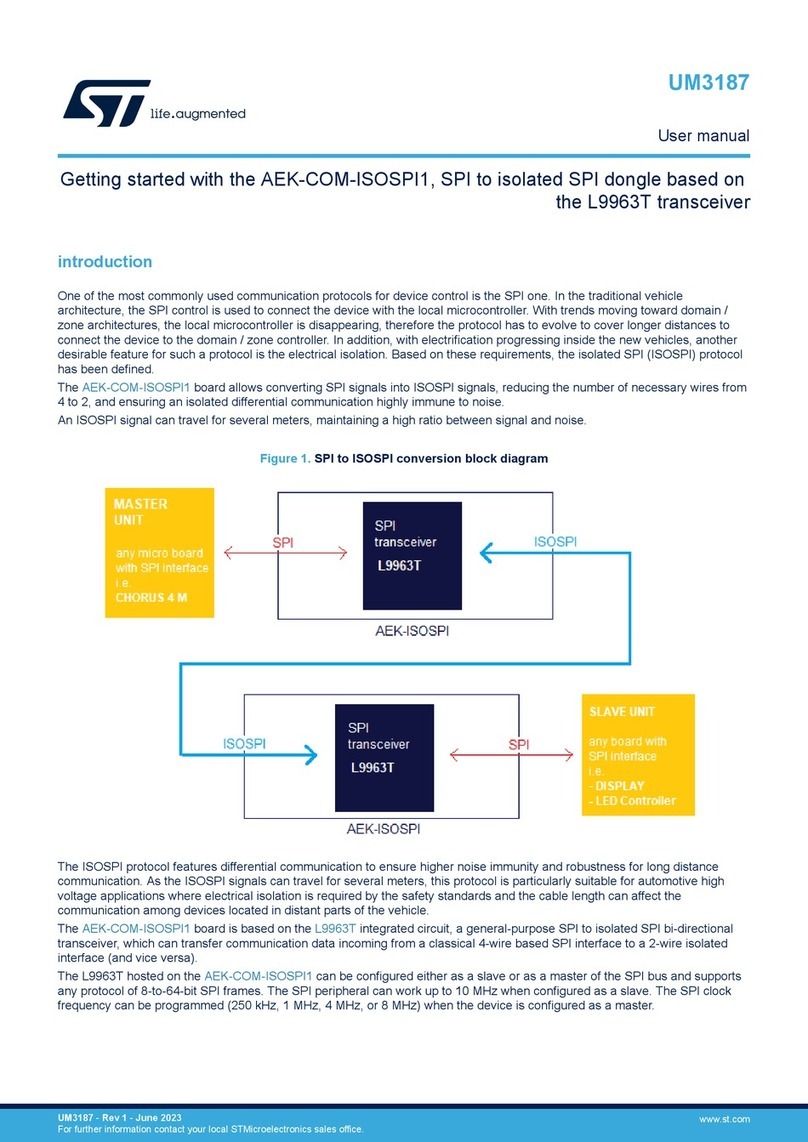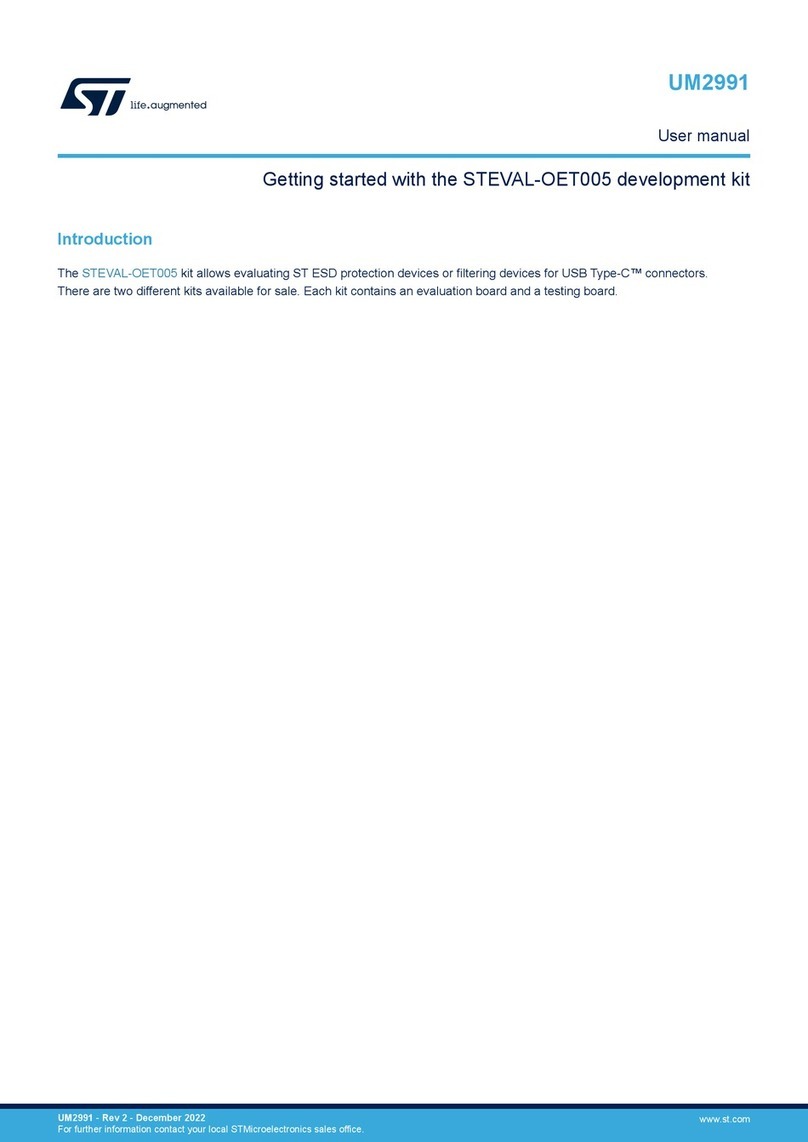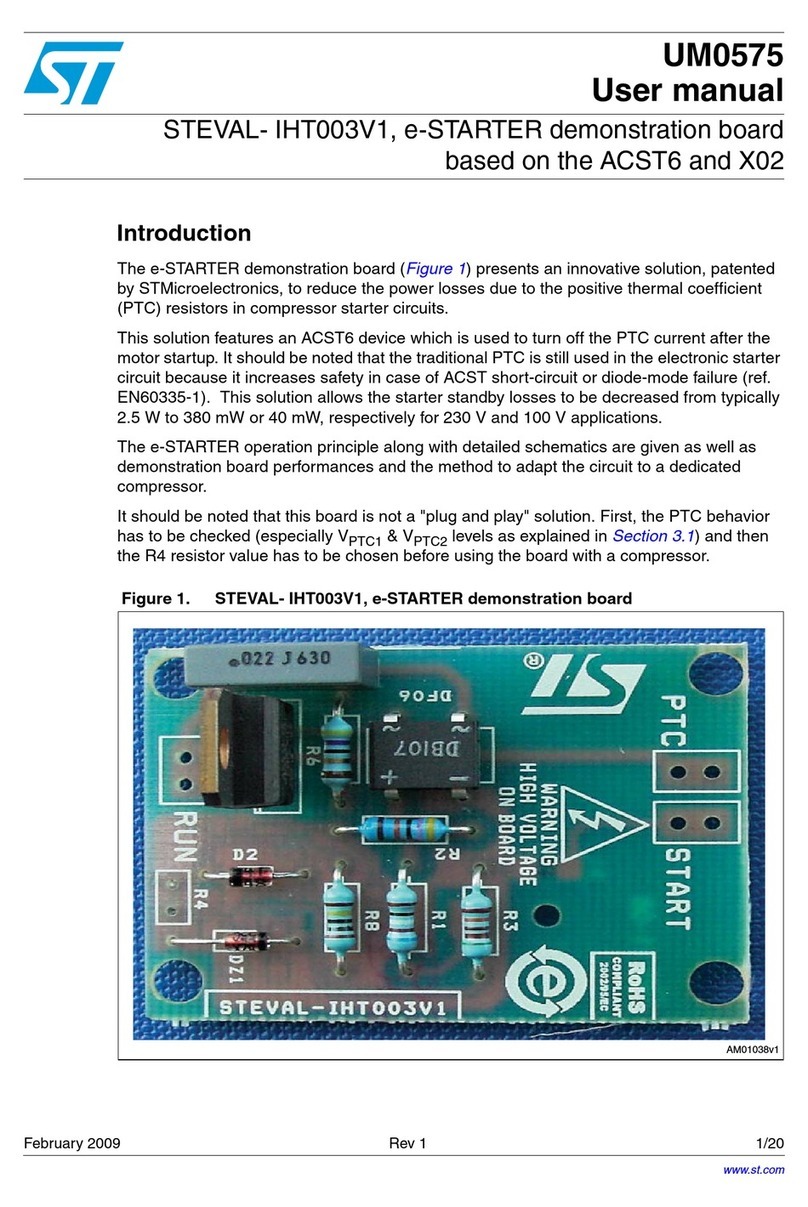ST X-NUCLEO-IHM02A1 User manual
Other ST Computer Hardware manuals
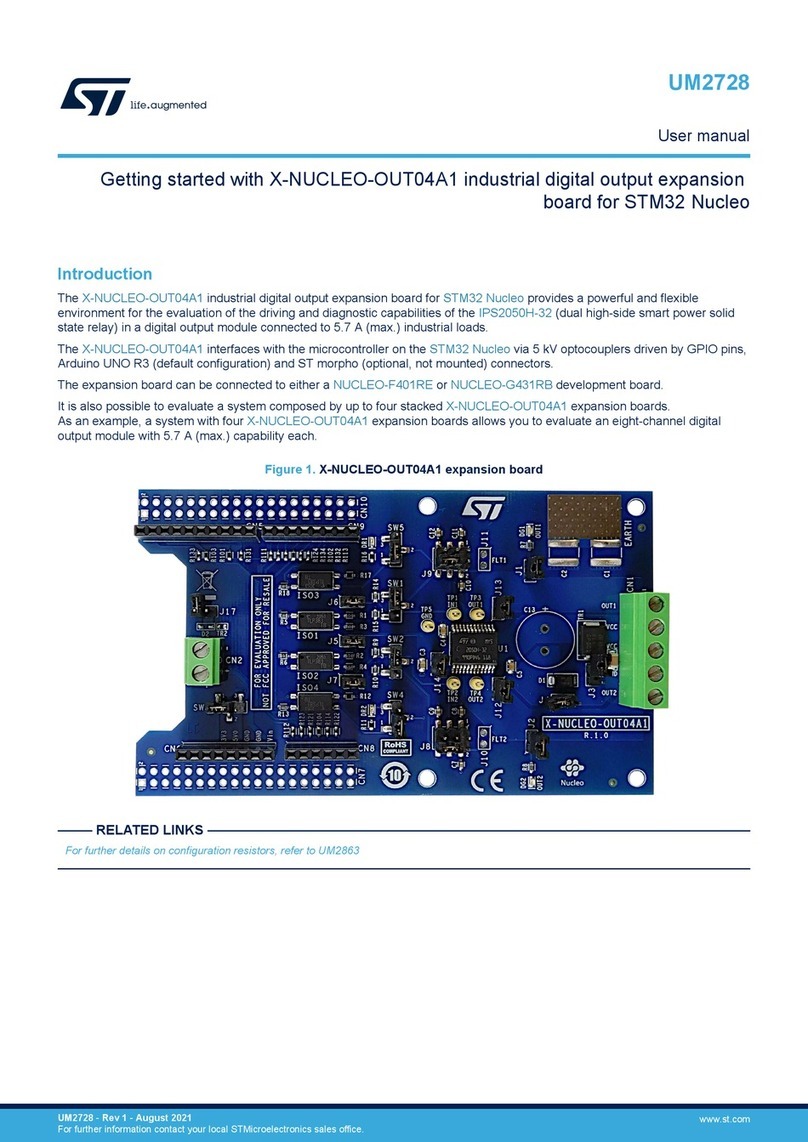
ST
ST X-NUCLEO-OUT04A1 User manual
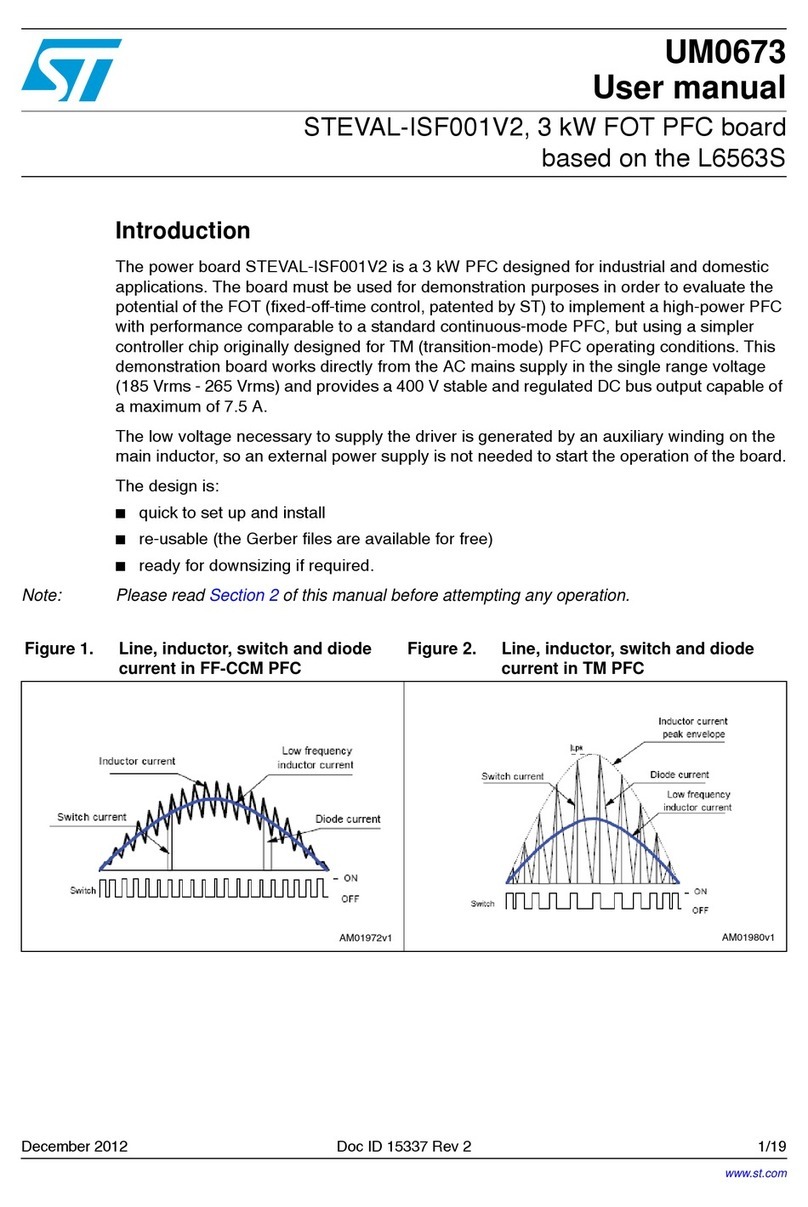
ST
ST STEVAL-ISF001V2 User manual
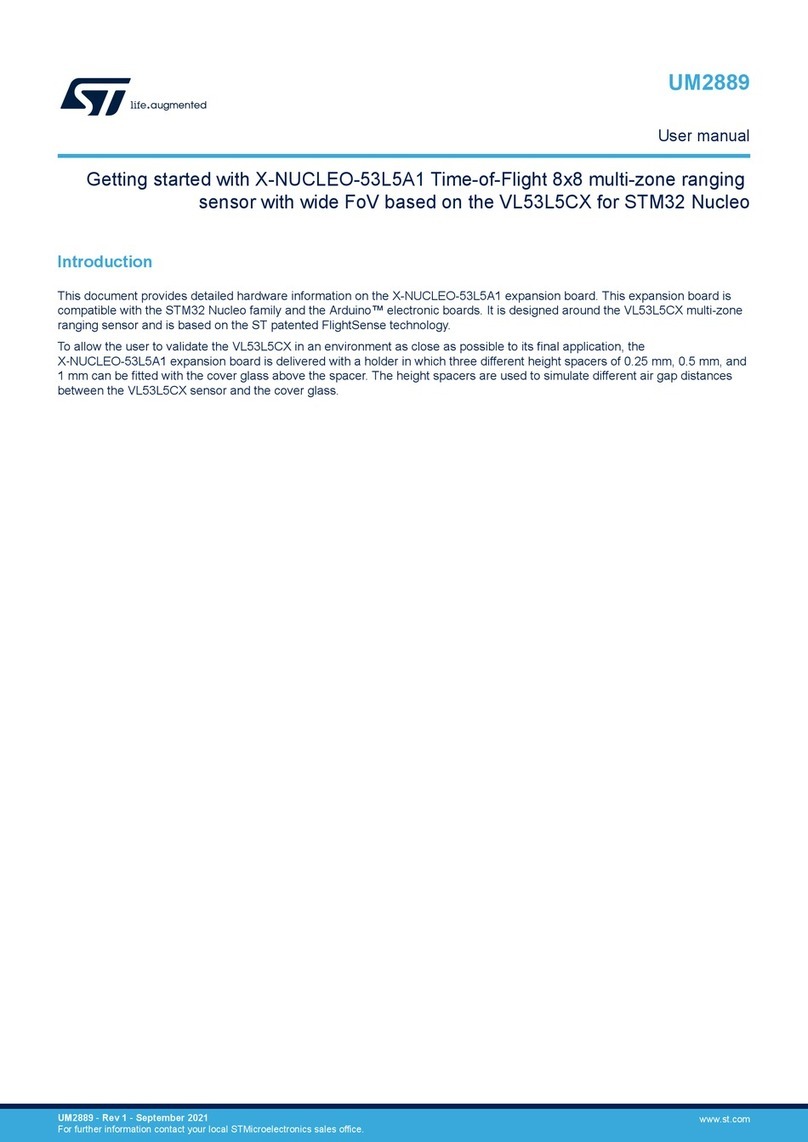
ST
ST X-NUCLEO-53L5A1 User manual
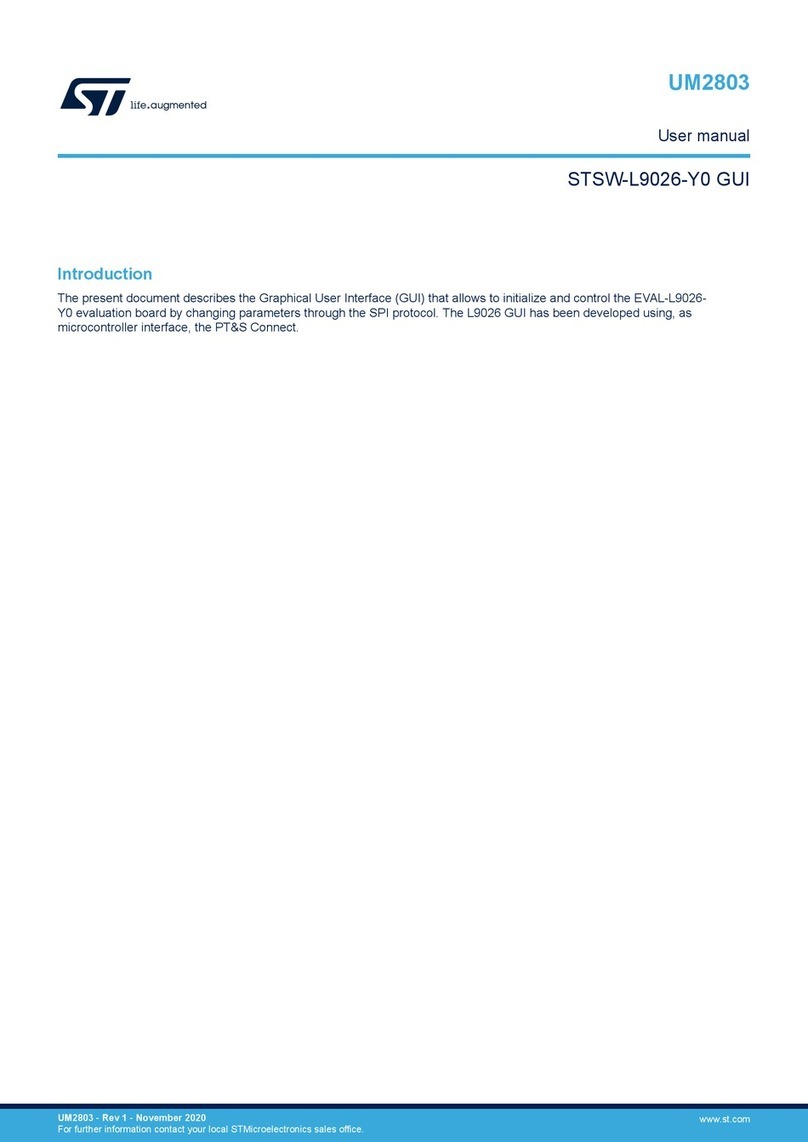
ST
ST STSW-L9026-Y0 User manual

ST
ST STM32MP157D-DK1 User manual
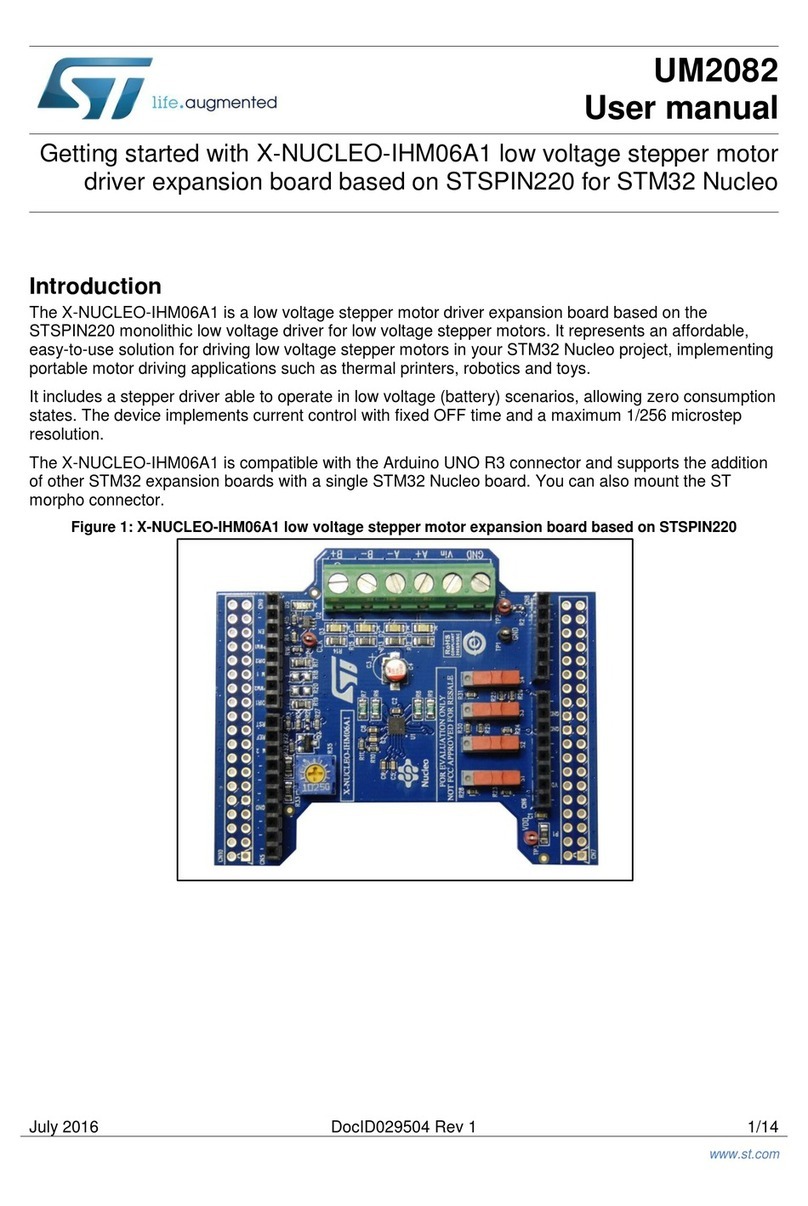
ST
ST UM2082 User manual
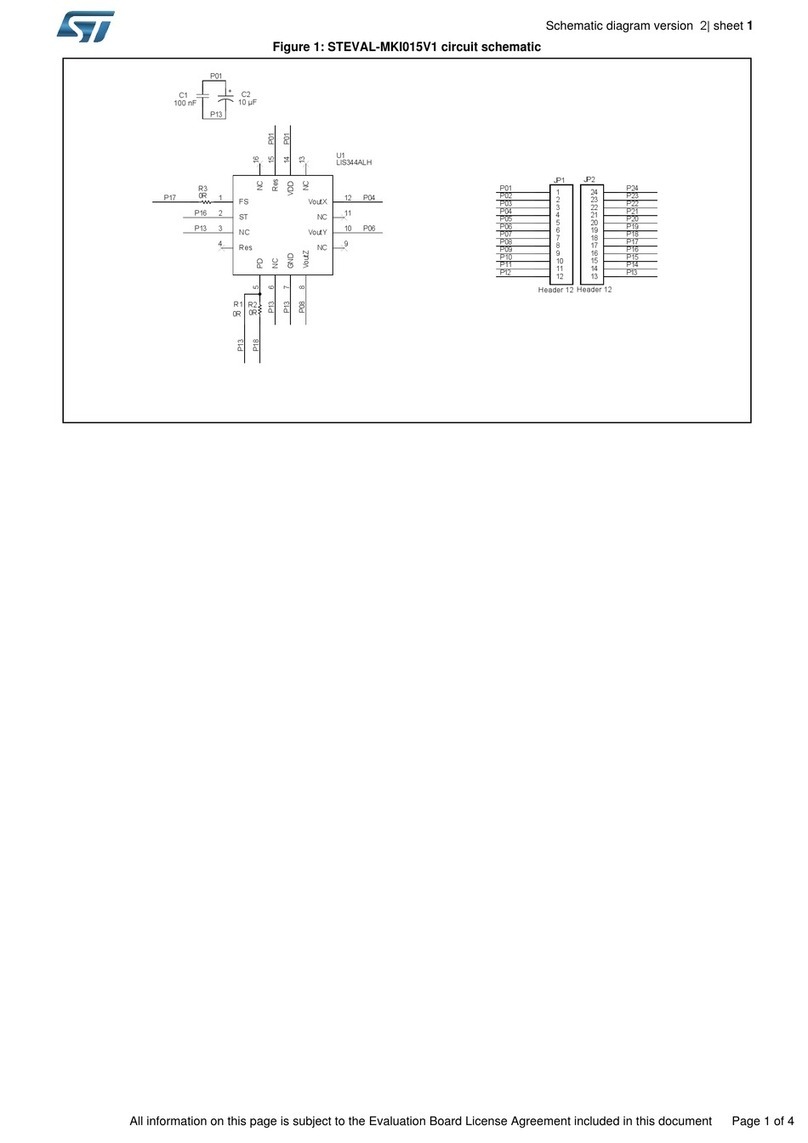
ST
ST STEVAL-MKI015V1 Quick start guide
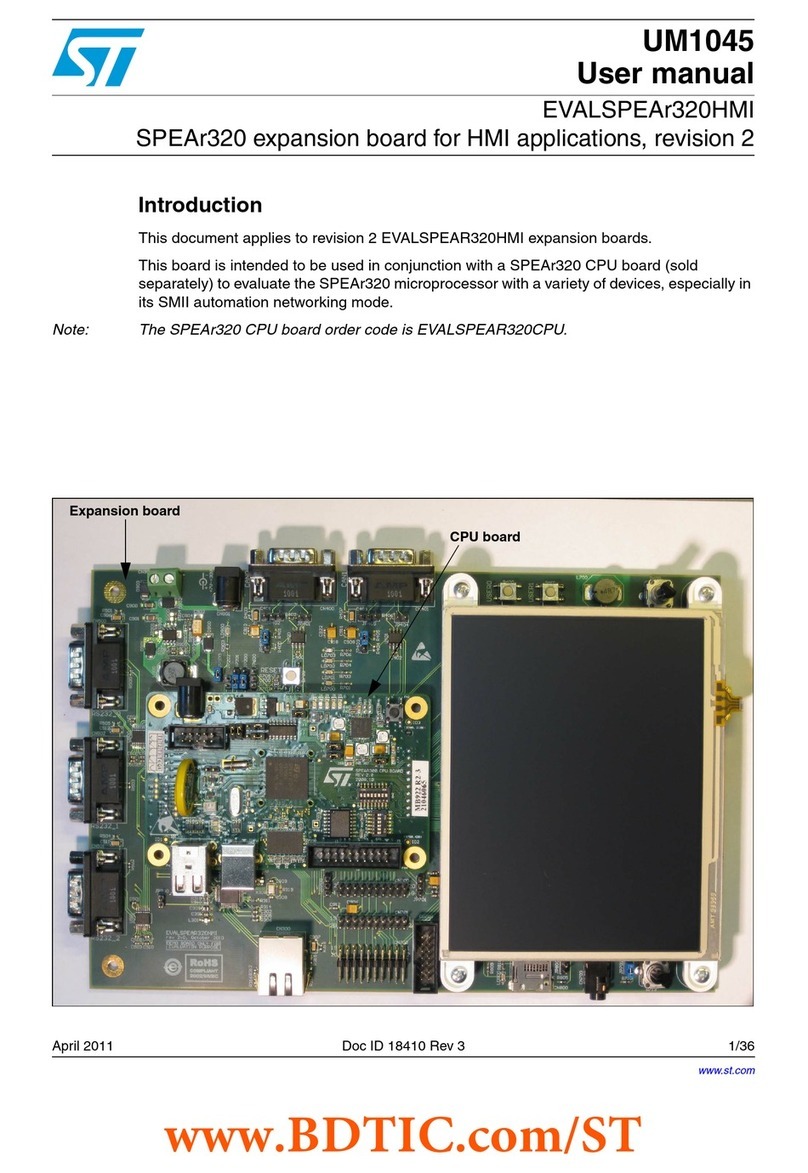
ST
ST EVALSPEAr320HMI User manual
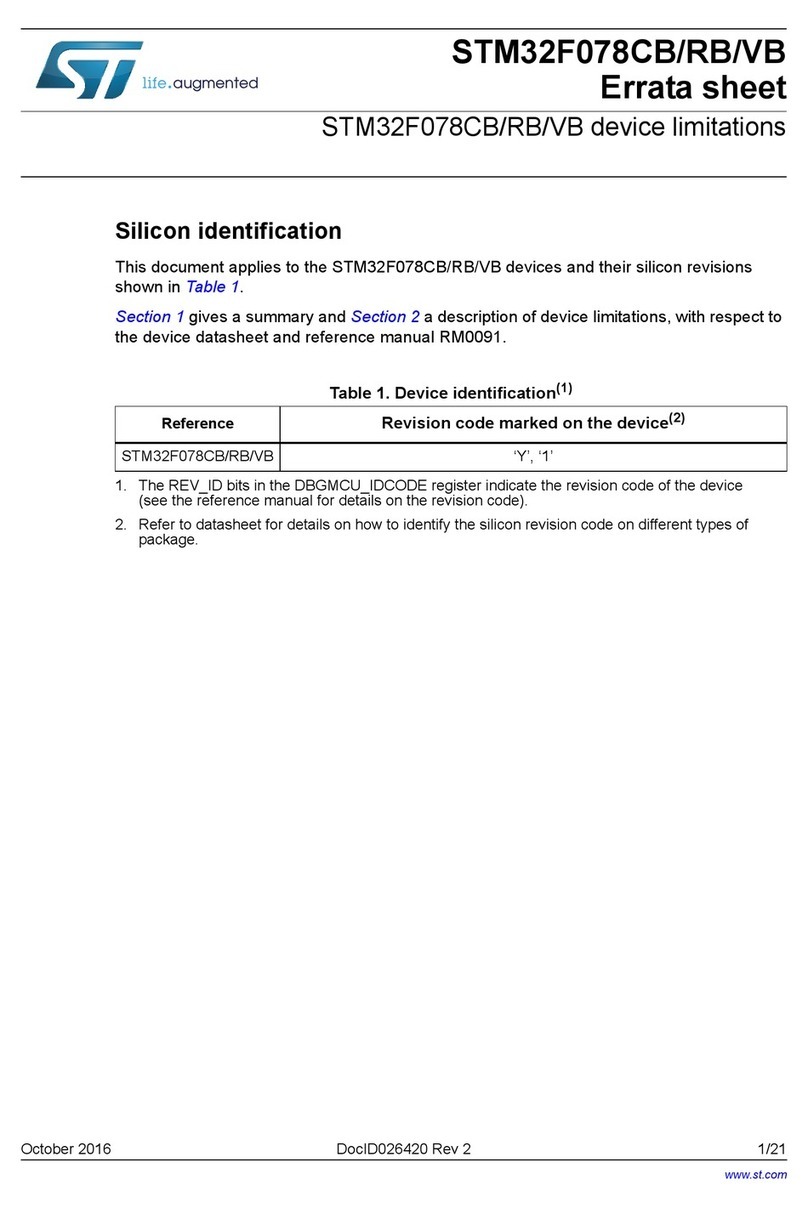
ST
ST STM32F078CB User manual

ST
ST STM8S-DISCOVERY User manual
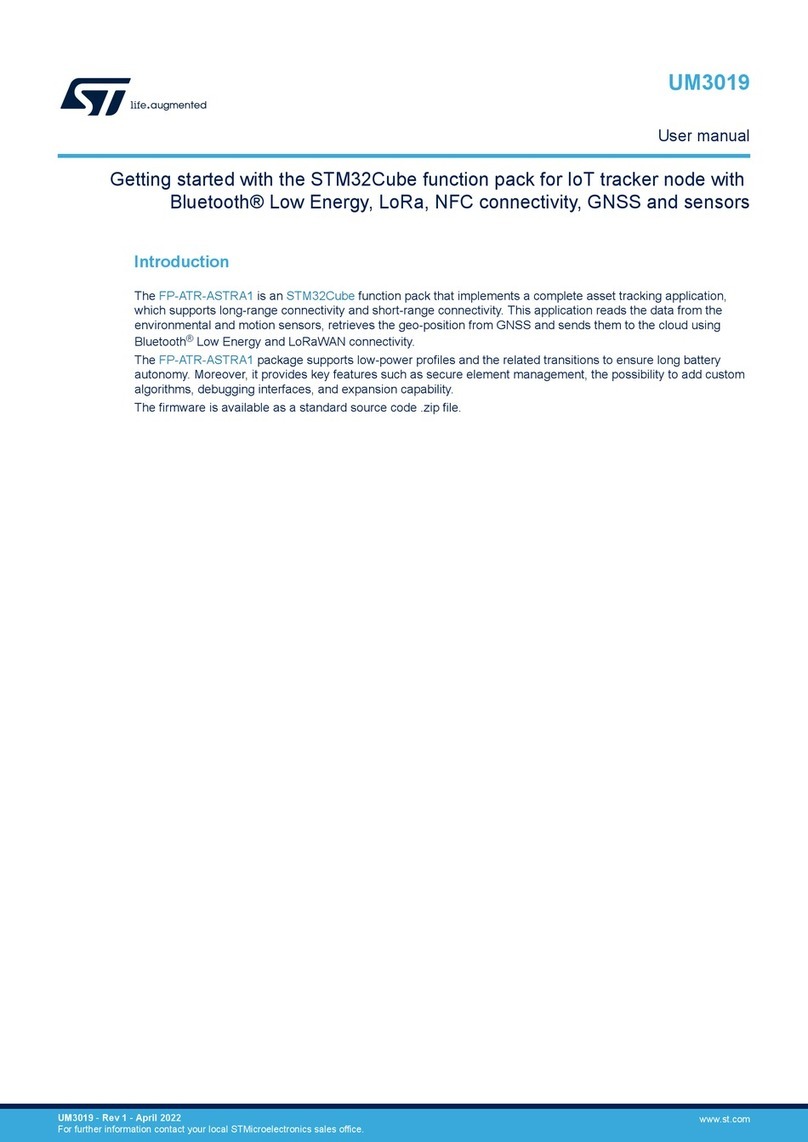
ST
ST UM3019 User manual
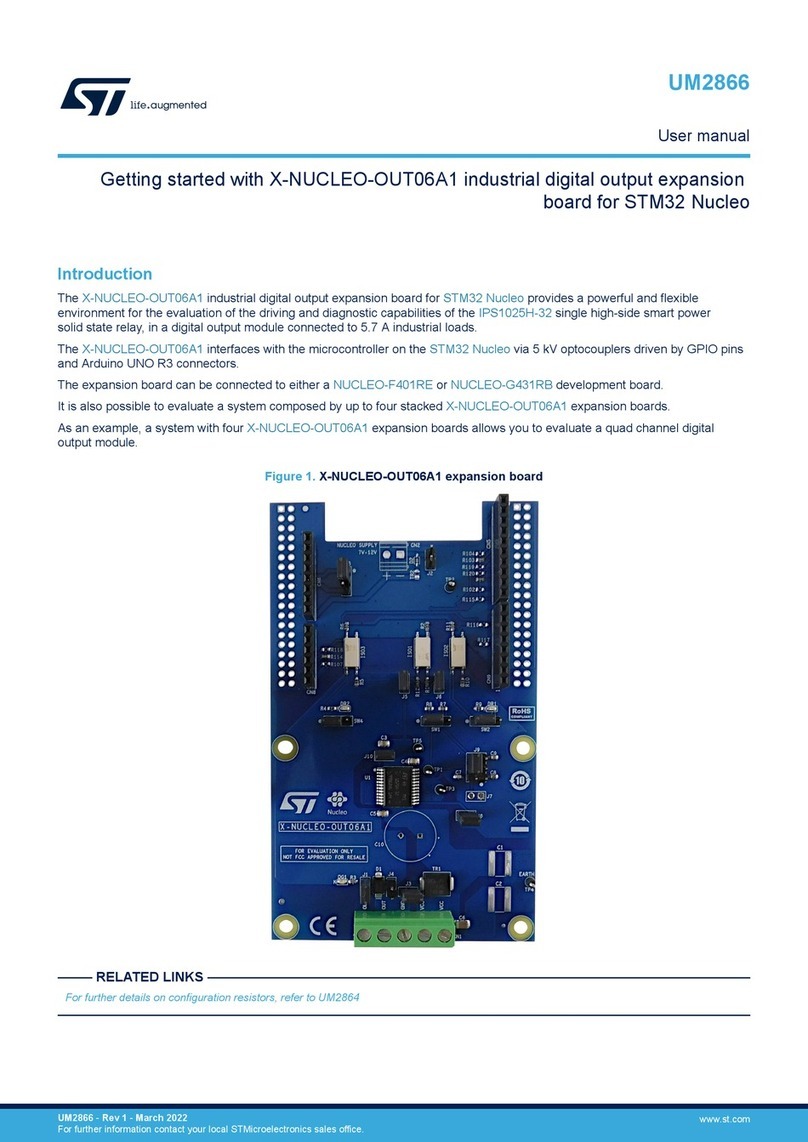
ST
ST X-NUCLEO-OUT06A1 User manual
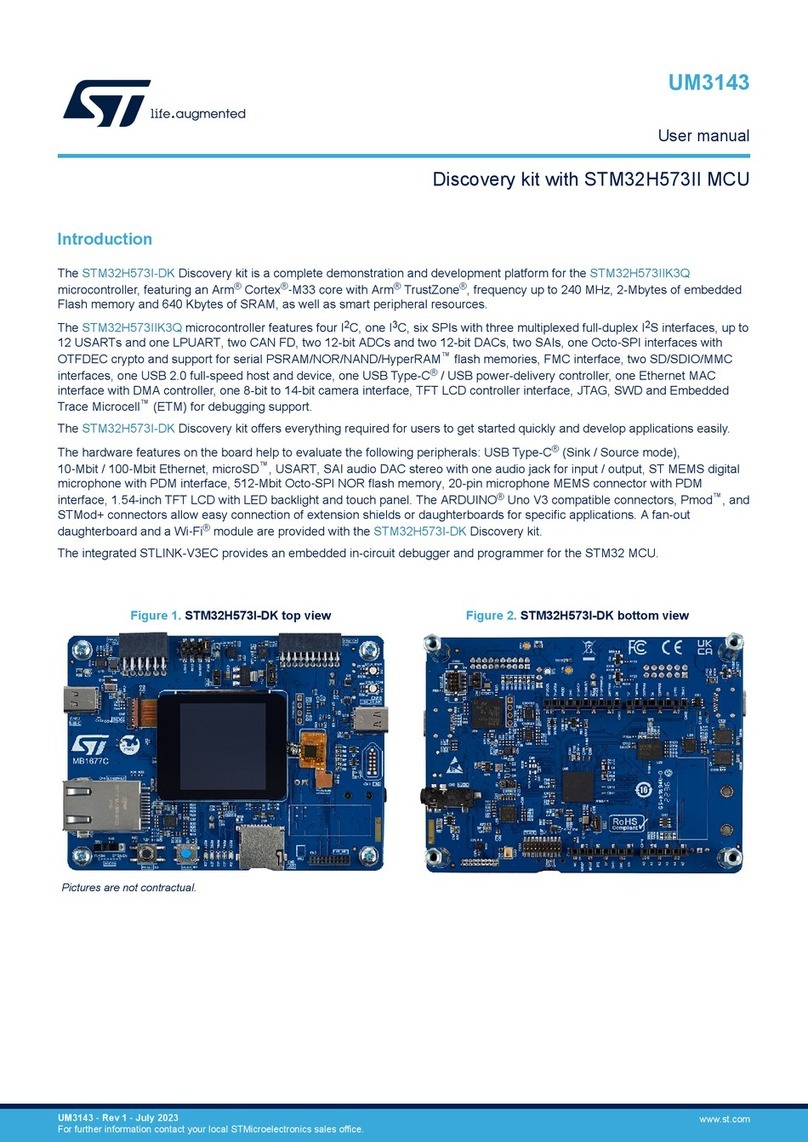
ST
ST STM32H573I-DK User manual
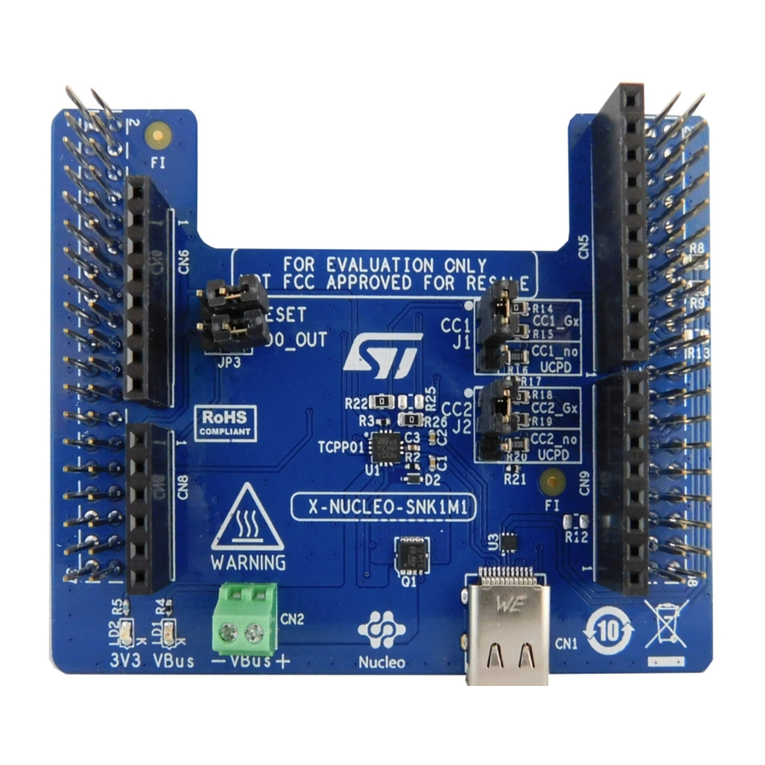
ST
ST X-NUCLEO-SNK1M1 User manual
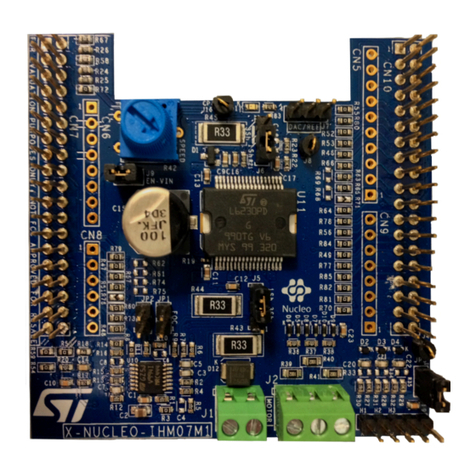
ST
ST X-NUCLEO-IHM07M1 User manual
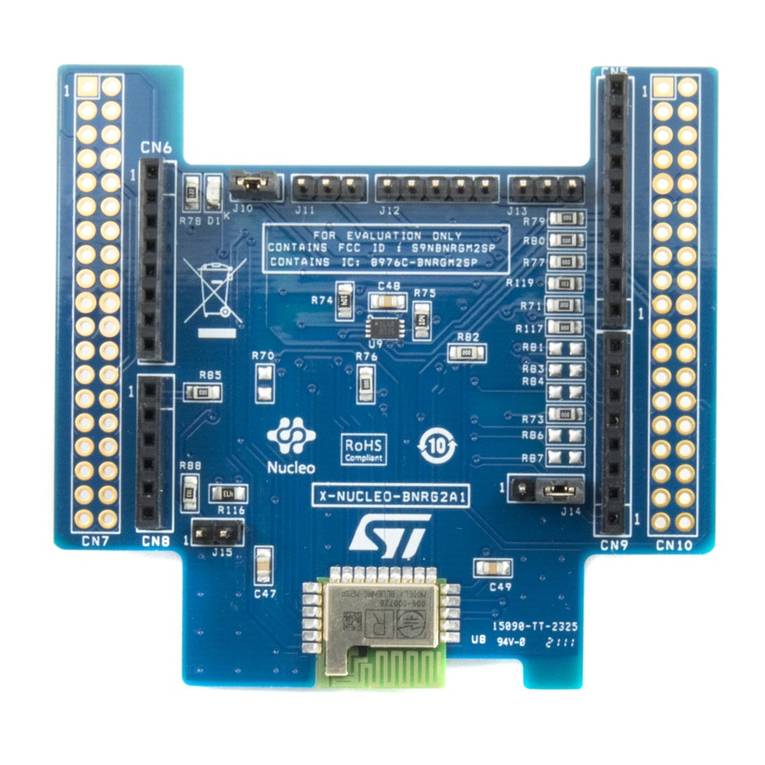
ST
ST X-NUCLEO-BNRG2A1 User manual

ST
ST X-NUCLEO-SAFEA1B Operating instructions
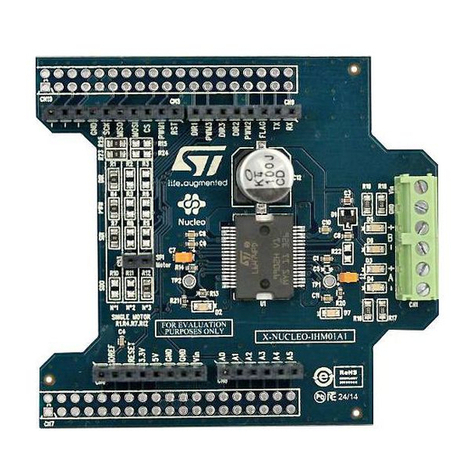
ST
ST X-NUCLEO-IHM01A1 User manual
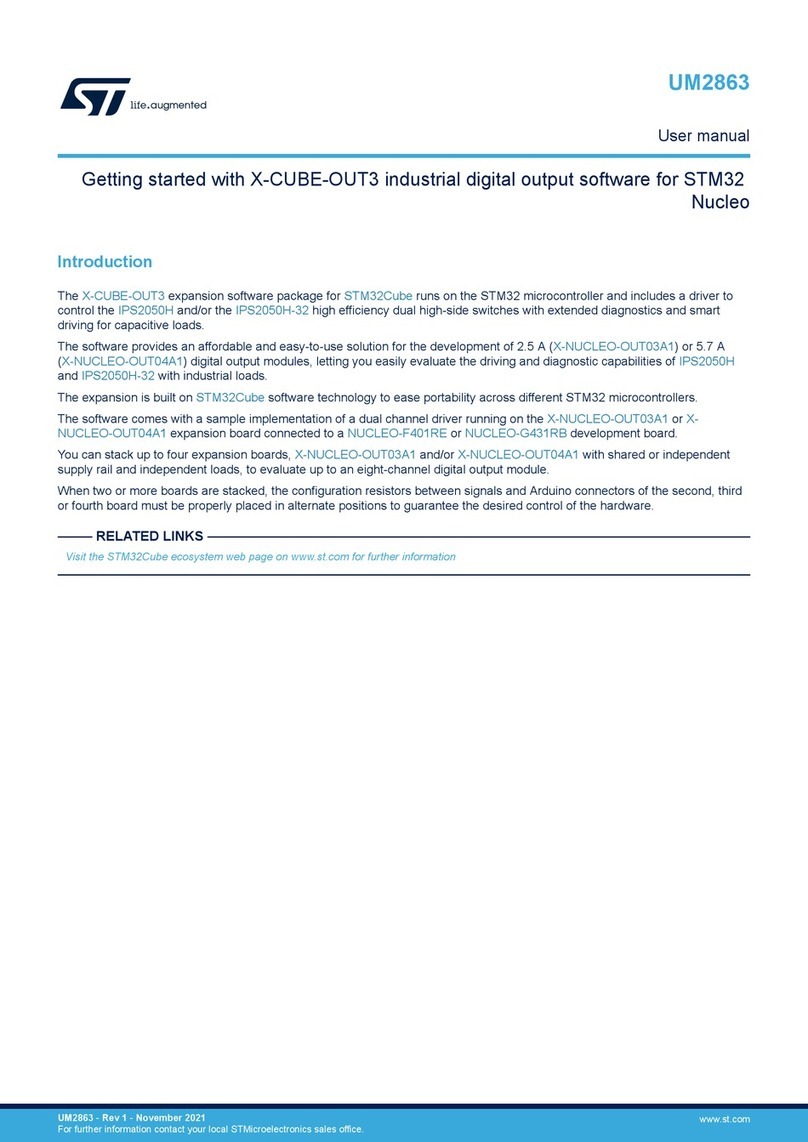
ST
ST X-CUBE-OUT3 User manual
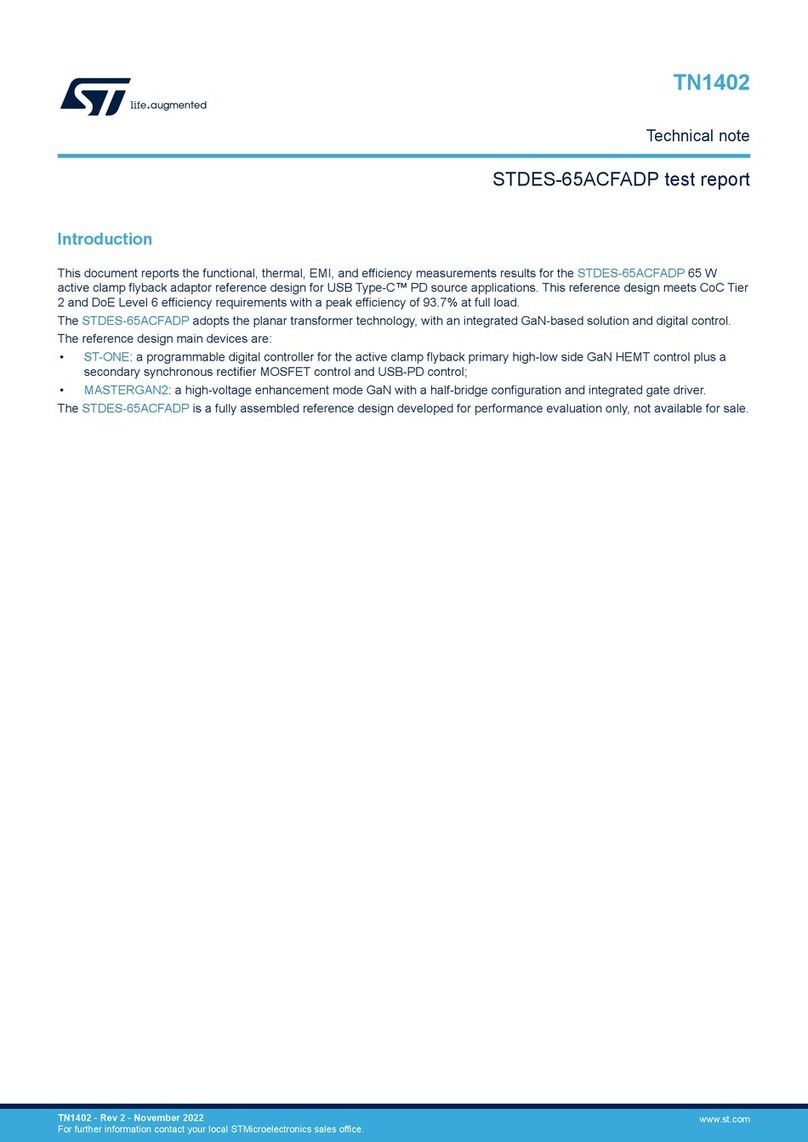
ST
ST STDES-65ACFADP Specification sheet
Popular Computer Hardware manuals by other brands

EMC2
EMC2 VNX Series Hardware Information Guide

Panasonic
Panasonic DV0PM20105 Operation manual

Mitsubishi Electric
Mitsubishi Electric Q81BD-J61BT11 user manual

Gigabyte
Gigabyte B660M DS3H AX DDR4 user manual

Raidon
Raidon iT2300 Quick installation guide

National Instruments
National Instruments PXI-8186 user manual

Intel
Intel AXXRMFBU4 Quick installation user's guide

Kontron
Kontron DIMM-PC/MD product manual

STEINWAY LYNGDORF
STEINWAY LYNGDORF SP-1 installation manual

Advantech
Advantech ASMB-935 Series user manual

Jupiter
Jupiter RAM PACK instructions
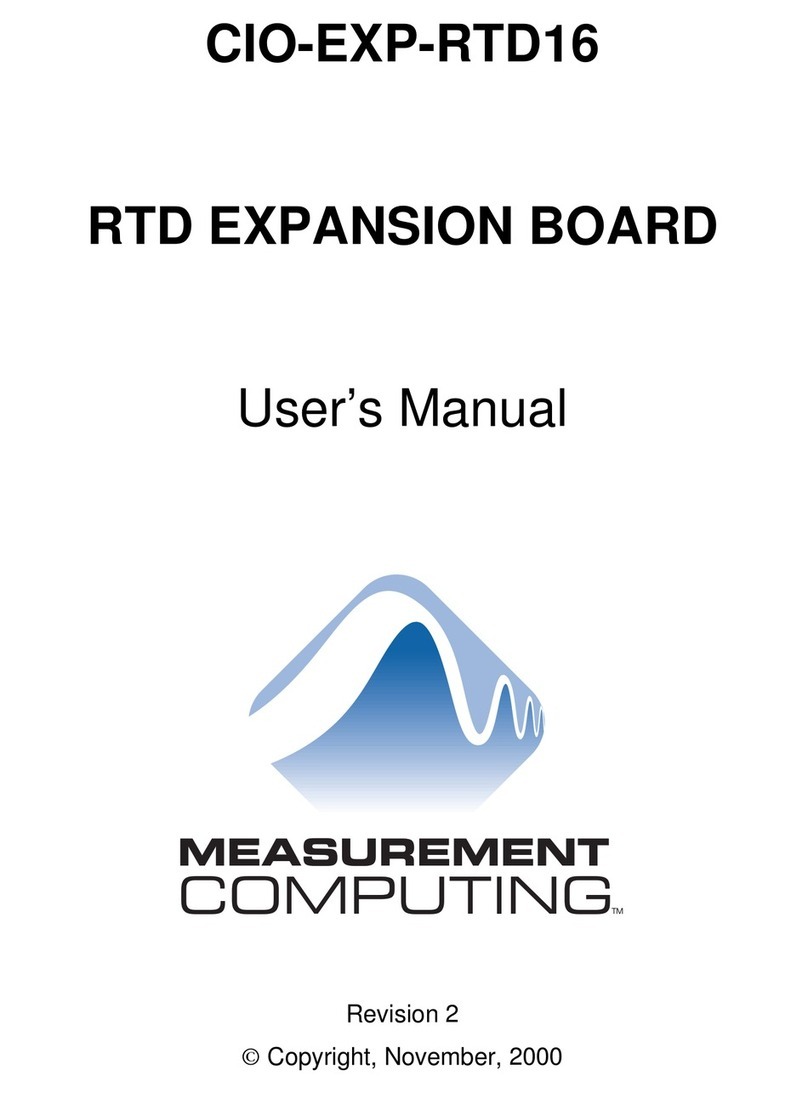
Measurement Computing
Measurement Computing CIO-EXP-RTD16 user manual

